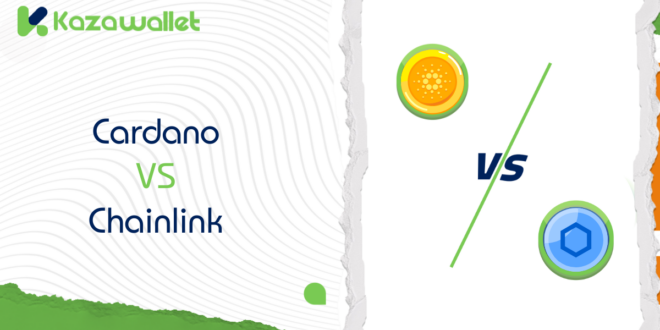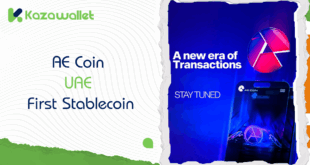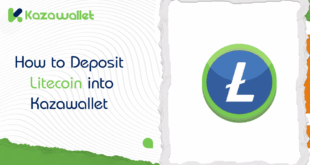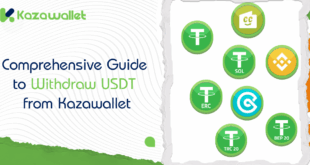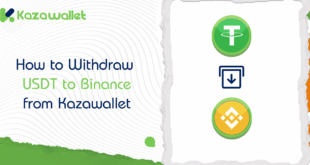With dozens of virtual currencies on the fintech scene, it is becoming ever harder to identify the true projects versus one-off concepts. Cardano and Chainlink are two of the blockchain projects, but they have very different trajectories.
Chainlink plays the role of the bridge that links smart contracts to the outside world, while Cardano is attempting to establish a solid foundation for an efficient and sustainable blockchain system.
In this article, we shall compare Cardano vs Chainlink to show the differences between Cardano and Chainlink to find out the differences between the two cryptocurrencies as regards objectives, technology, use case, and risks involved.
What is Chainlink?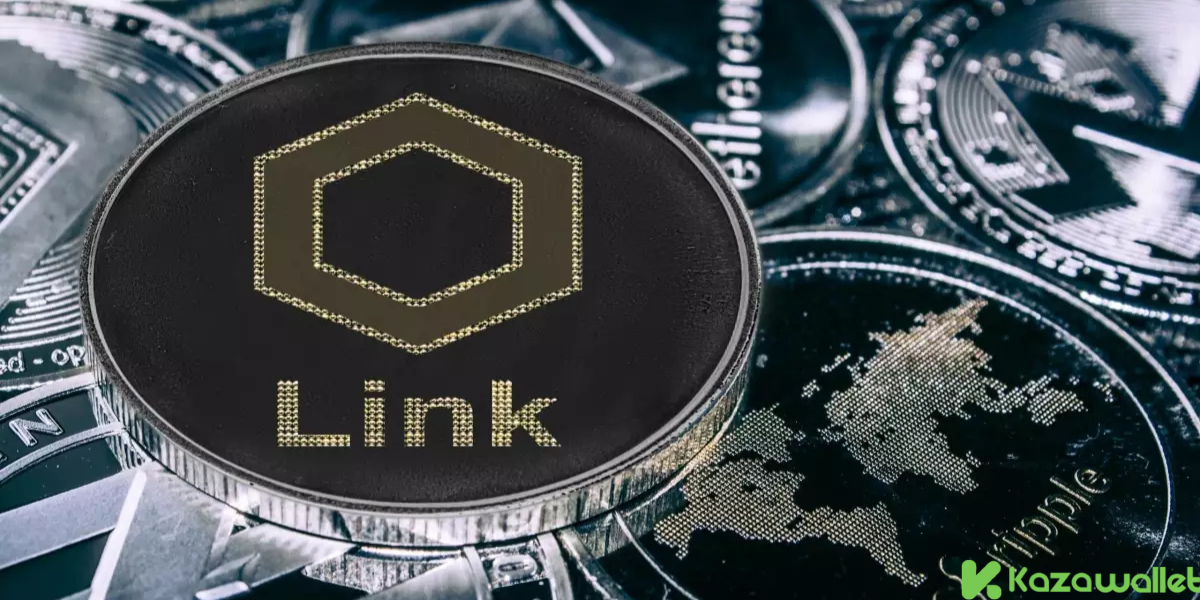
Chainlink is more than a cryptocurrency; it is an infrastructure that is intended to solve one of the largest problems in the world of blockchains: the integration of smart contracts with external data.
Smart contracts, functioning within decentralized systems, need real-world data (i.e., currency rates or voting results) to perform operations successfully.
Chainlink fits into this picture. Chainlink is an intermediary that securely bridges such smart contracts with external data. Chainlink utilizes “Oracle” technology, an infrastructure that transmits data securely and transparently.
Consequently, this cryptocurrency is primarily intended to enable interactions between external platforms and blockchains, thus making it an indispensable instrument for the development of dApps.
Chainlink’s native currency is used to make payments within the system. The data providers and validators who help operate the network are paid using this token, providing an economic incentives for accurate data and security.
Bitcoin vs Chainlink: Which is Better for Investment?
What is Cardano?
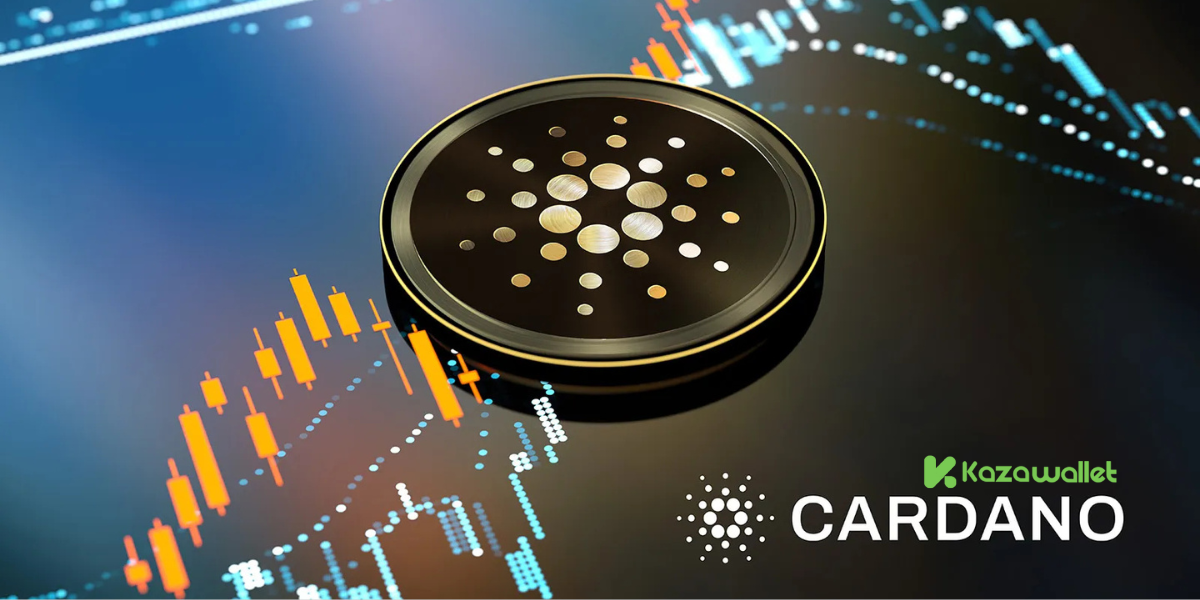
Started in 2017, Cardano is unique because it is underpinned by rigorous scientific studies and peer-reviewed publications, unlike the majority of other projects that are backed by nothing more than good intentions.
Cardano is not only an electronic currency but also a multi-layered system that offers support for smart contracts and decentralized applications.
Its purpose is to offer solutions to some of the key problems facing blockchains, including high energy usage, slow speeds, and high expense.
Cardano also strives for high decentralization and stability, with an emphasis on compliance with regulations as well as transparency.
Cardano vs Stellar: Which Suits Your Needs?
Cardano vs Chainlink: Differences Between Cardano and Chainlink

To gain clarity on the distinct differences between Cardano and Chainlink, we can divide the discussion into a few major points:
Primary Purpose:
Chainlink is primarily focused on bridging smart contracts with the outside world via its Oracle system, serving as an intermediary between cryptocurrency blockchains and real-world data.
Cardano, by contrast, wants to establish a robust blockchain platform to support smart contracts and decentralized applications at an efficient level, with security and sustainability at the forefront.
Technology:
Chainlink is supported by an independent network of nodes that securely and transparently make data available. The system is adaptable and flexible to suit the different requirements of smart contracts.
On the other hand, Cardano utilizes an algorithm called “Ouroboros” that is energy-efficient with the aim of increasing transaction velocities while lowering transaction charges.
Stability:
Cardano’s value is less volatile than that of Chainlink largely because it is focusing on long-term development along with research-driven support.
Chainlink, by way of contrast, is heavily reliant on increased demand for Oracle offerings, so its value is more subject to the movements of the market.
Supply:
Chainlink has an unlimited supply of tokens, with tokens issued over time to satisfy network needs. Cardano has an ultimate maximum limit, so it has a maximum number of coins that will be present over time, hopefully increasing its value.
Use Cases:
Chainlink is mostly utilized to finance Oracle services as well as to make sure that smart contracts run smoothly. Cardano is, however, used in numerous applications ranging from financial transactions to decentralised applications.
Decentralization:
Both projects target decentralization, but Cardano presents an even more complete model by prioritizing community management and scientific inquiry.
Adoption and Reach:
Cardano has a large community of supporters across the world and is actively expanding into new emerging markets.
Chainlink is regarded as a must-have for many blockchain projects, providing it with great value from a technological standpoint.
Cardano vs Chainlink: Risks Associated with Cardano and Chainlink

Risks of Cardano (ADA):
Despite its immense potential, there are several risks to consider when investing in Cardano:
- Price Volatility: Like most cryptocurrencies, ADA’s price is affected by market fluctuations caused by news, technological developments, or economic changes. This volatility can make it riskier for investors seeking stability.
- Scalability Challenges: Despite ongoing efforts to improve scalability, the network may struggle to handle large transaction volumes. If these challenges are not managed effectively, it could lead to slower execution or higher fees.
- Security Concerns: Although Cardano’s Proof-of-Stake mechanism is efficient, the network is not entirely immune to cyberattacks or potential vulnerabilities.
- Regulatory Uncertainty: The lack of clear regulations in some countries could hinder ADA’s adoption or global expansion. Changing laws may impact how the platform operates or its acceptance in various markets.
Risks of Chainlink (LINK):
While Chainlink offers numerous opportunities, it also carries certain risks that should be considered:
- High Price Volatility: Chainlink’s price changes rapidly, offering opportunities for significant profits but also posing substantial risks of losses in a short period. This makes it an unstable choice for investors seeking long-term stability.
- Whale Influence: Large investors (“whales”) can directly affect the currency’s price by buying or selling massive amounts, causing market disruptions and impacting smaller investors’ confidence.
- Cross-Chain Bridge Security Risks: Technologies that connect different blockchains are not entirely secure. Past breaches have resulted in significant losses, raising questions about the reliability of such solutions.
- Regulatory Uncertainty: Cryptocurrency regulations vary by country and are constantly evolving. This uncertainty could impact Chainlink’s operations and value, especially if some nations impose restrictions on digital currency usage.
- Oracle System Challenges: Any technical error or breach in the decentralized Oracle system could lead to inaccurate data. Since smart contracts heavily rely on this data, any inaccuracies could have catastrophic consequences, such as executing contracts based on incorrect information.
Conclusion
When we compare Cardano vs Chainlink, we find that both share a distinct vision of the future of blockchain. Chainlink is an essential intermediary, while Cardano is more about creating a sustainable, science-driven platform.
Still, both have risks to be considered thoughtfully, be it related to price fluctuations, technical hurdles, or regulatory requirements.
The choice between them hinges on thorough knowledge of each project’s objectives, along with the individual investor or user’s requirements.
The first step to making an informed investment is to have an understanding of the differences between Cardano and Chainlink.
 Blog Kazawallet
Blog Kazawallet
